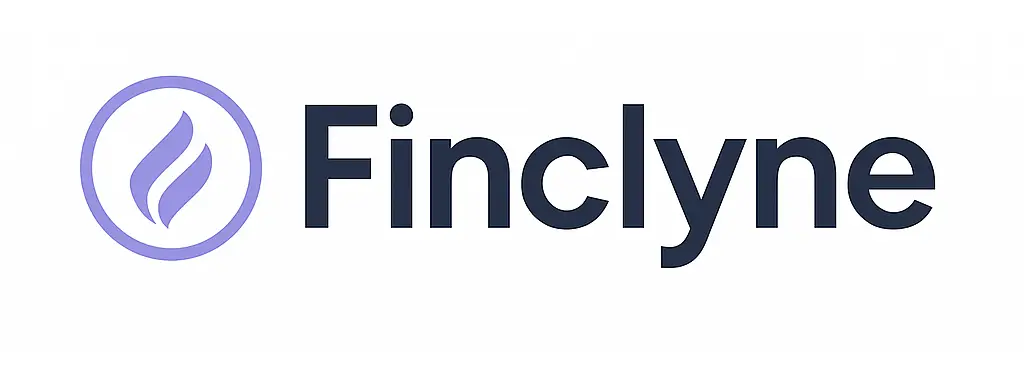Young Investors, Get Ready: Inflation and Spending Numbers Could Steer the Fed’s Next Interest Rate Decision
This week brings a crucial set of economic data releases that could heavily influence the Federal Reserve’s decision on interest rates at their upcoming September meeting. For young investors and anyone just starting to navigate the world of finance, understanding these reports and their potential impact is essential. Why? Because these decisions can directly affect everything from student loan rates and the cost of buying a car to the returns you see on your investments.
The spotlight will primarily be on the Personal Consumption Expenditures (PCE) price index, the Fed’s preferred measure of inflation. This report, due out on Thursday, will provide insights into how quickly prices are rising for everyday goods and services. The core PCE, which excludes volatile food and energy prices, is particularly important. If the core PCE shows inflation cooling down, it could give the Fed room to pause interest rate hikes, potentially providing some relief to borrowers. However, if the numbers come in hotter than expected, signaling persistent inflation, the Fed might feel pressure to continue raising rates, potentially impacting investment markets and economic growth.
Adding to the mix, Friday will bring the release of personal income and spending data for July. These figures will paint a picture of consumer behavior, revealing how much people are earning and how freely they’re spending. Strong consumer spending could indicate a resilient economy, but it could also fuel further inflation if supply struggles to keep up with demand. Conversely, weaker spending could signal a slowdown in economic activity, which might make the Fed hesitate to raise rates further. Keeping an eye on these indicators is key for young investors to understand the broader economic landscape and how it might impact their financial goals.
Ultimately, this week’s data releases will be crucial pieces of the puzzle for the Federal Reserve as they grapple with the ongoing challenge of balancing inflation and economic growth. Understanding these reports and their implications can equip young investors with the knowledge they need to make informed decisions and navigate the complexities of the financial world. Stay tuned for updates and analysis as the numbers come in – this is a week to watch closely.





